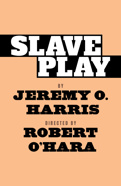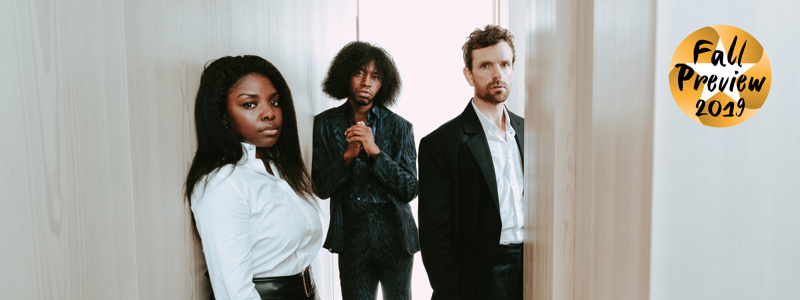
photographed at the Times Square Edition by Emilio Madrid for Broadway.com
There Is No Comfort Zone in Jeremy O. Harris' Slave Play

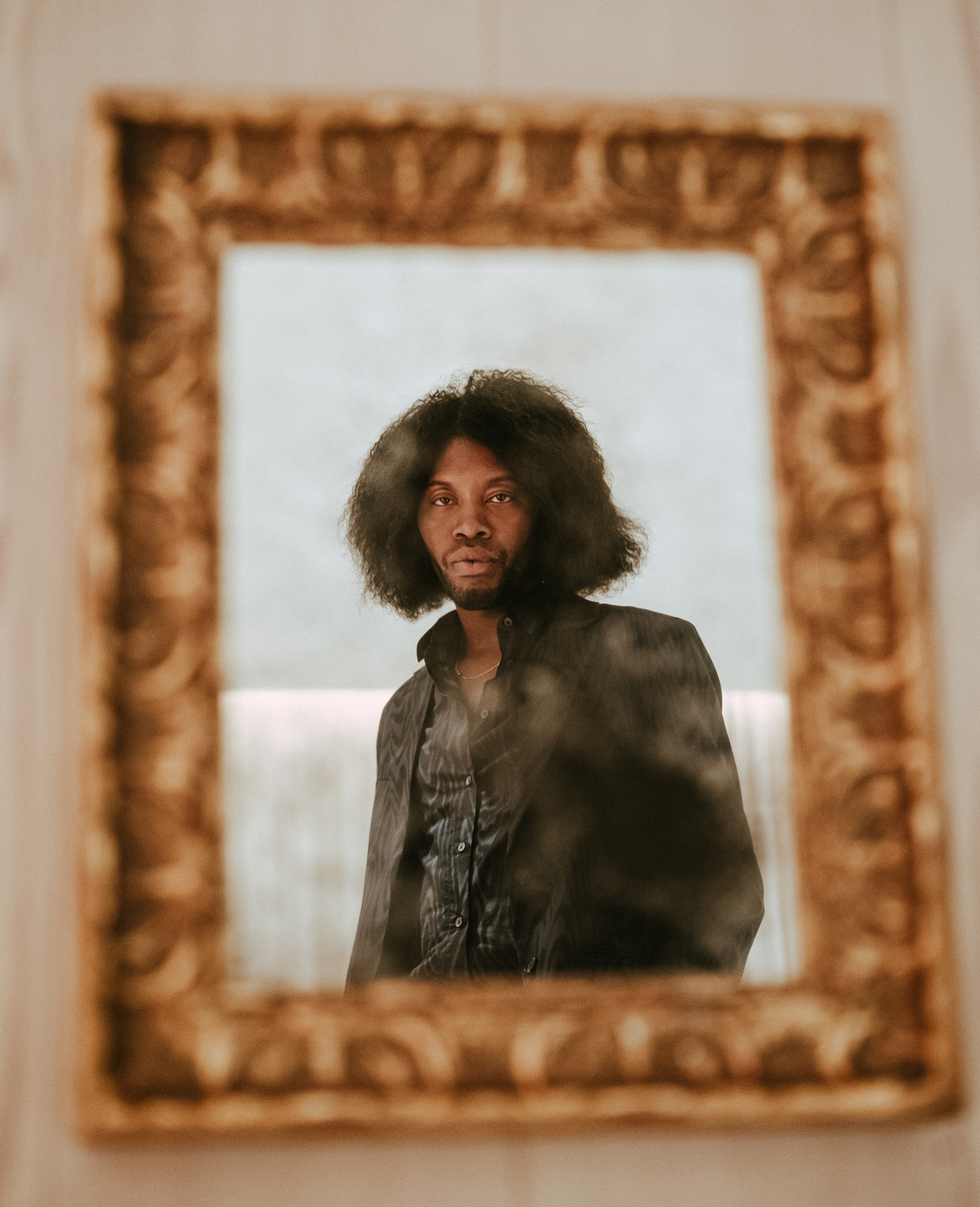
At the packed invited dress rehearsal of Jeremy O. Harris’ daring Slave Play, director Robert O’Hara addressed the crowd as he stood on stage beside the playwright. “If you come expecting comfort, you may not have it,” O’Hara boomed. “I will not give it to you.” If the audience squirmed a bit, it would not be the last time that evening. There is plenty of discomfort to be had in Harris’ controversial Broadway debut play, which addresses inherited psycho-sexual dynamics and racial trauma for three couples as played out in what is billed as an “antebellum fever dream.” Even the play’s title is uncomfortable.
“I titled the play Slave Play because there was a history of plays about slavery,” Harris told Broadway.com. “When I was writing it, I was like, ‘I want my play to be the comment on all of those plays.’ I think a lot of people are having this moment of wrestling with the fact that 400 years isn't that long—and in 400 years, a lot hasn't changed in our country. Structures have changed, you know, I'm no longer in chains, but I am still systemically going to have worse health care and live a worse quality of life. I wanted to write a play that bridged that.”

“A misconception I would like to set straight about Slave Play is that it’s a historical account of slavery. It’s not! It’s about relationships. It’s about couples who are at an impasse in their relationships and who have a lot of issues to sort through,” says Joaquina Kalukango, who plays Kaneisha in the show. “Slave Play is about the intersection of race and sexuality and how the descendents of chattel slavery, both the opressors and the victims, have inherited traumas and toxic mentalities that have colored our relationships in present-day society. I think we all have to do better about healing and moving forward and processing. This play starts people on their journey to do that.”
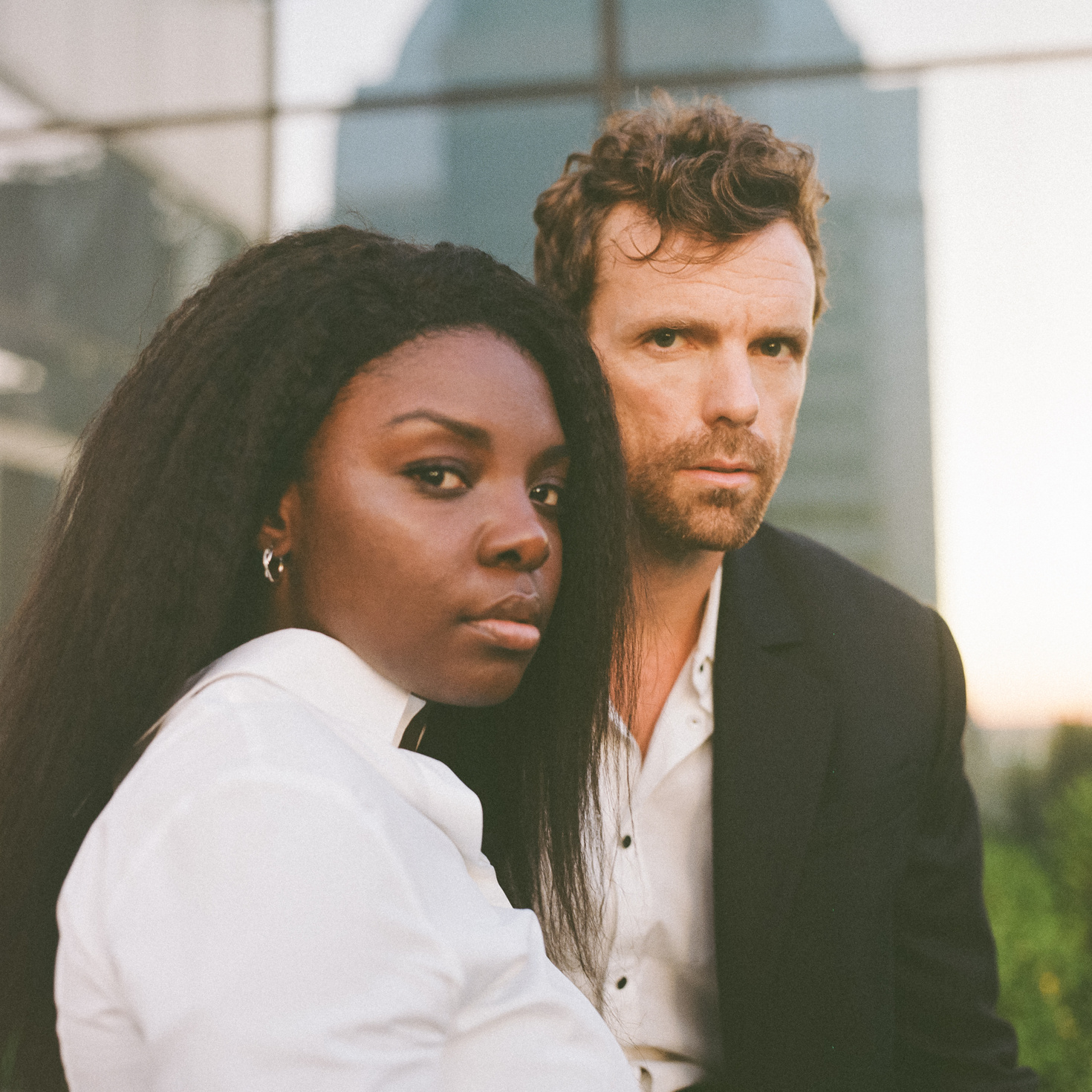
play Kaneisha and Jim in Slave Play
With its explicit sexual role play, frank talk about race and outrageous group therapy session, the actors are asked to stretch themselves as performers. Paul Alexander Nolan, who plays Jim, Kaneisha’s partner in the show, says his first reaction to the script was, “Whoa!” He adds, “ I also had this feeling beyond logic and intellect that this play was hugely important. The more I dove into understanding the play on an academic level, the more I realized what my body understood on a sensational level reading it. And that discovery continues to be part of every performance of the show.”
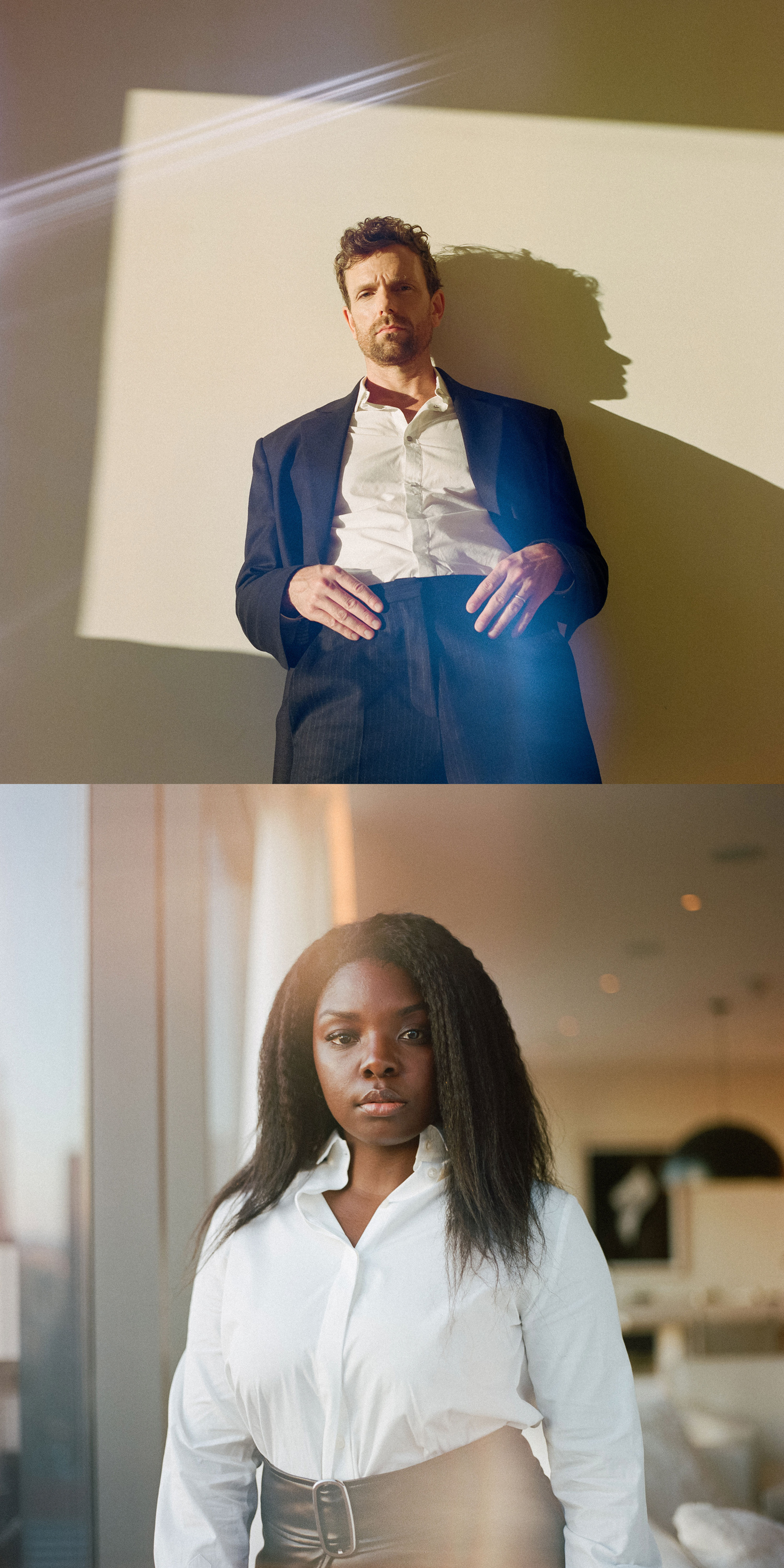
Joaquina Kalukango
Harris began work on the play after being asked during the graduate school submission process what he wanted to create if accepted. “I was like, ‘Well, I want to be in a place where I don't have to think about writing a play that’ll be produced,” Harris says. “I don't want to have to be under the fear of capitalism when I'm writing. I want to be able to write freely. I want to be able to write just anything that my heart desires. And that was Slave Play So, over my first semester at Yale School of Drama, I wrote Slave Play. We produced it in my second year; it was my second year project.”
The original idea for Slave Play came from many directions, Harris says: “Whenever people ask me about what the jump off point was for Slave Play, I feel like some sort of liar or something. I'm a double Gemini, so there's always going to be like five different reasons why I wrote something.” What Harris deems the “mythic story” of what inspired the piece concerns an anecdote heard at a party about rough sex. “[I heard] someone say something that sounded crazy to me,” Harris says. He then added “an inquiry around race to it” that “changed the energy in the room.” He continues: “When that energy changed in the room, I was like, ‘Oh, I think this is a play!’ The idea came to me almost fully formed with the title and everything.” Using the lens of performance culture, Harris immersed himself in research—from watching “countless movies” to reading early American theatrical texts to studying queer and feminist theory.
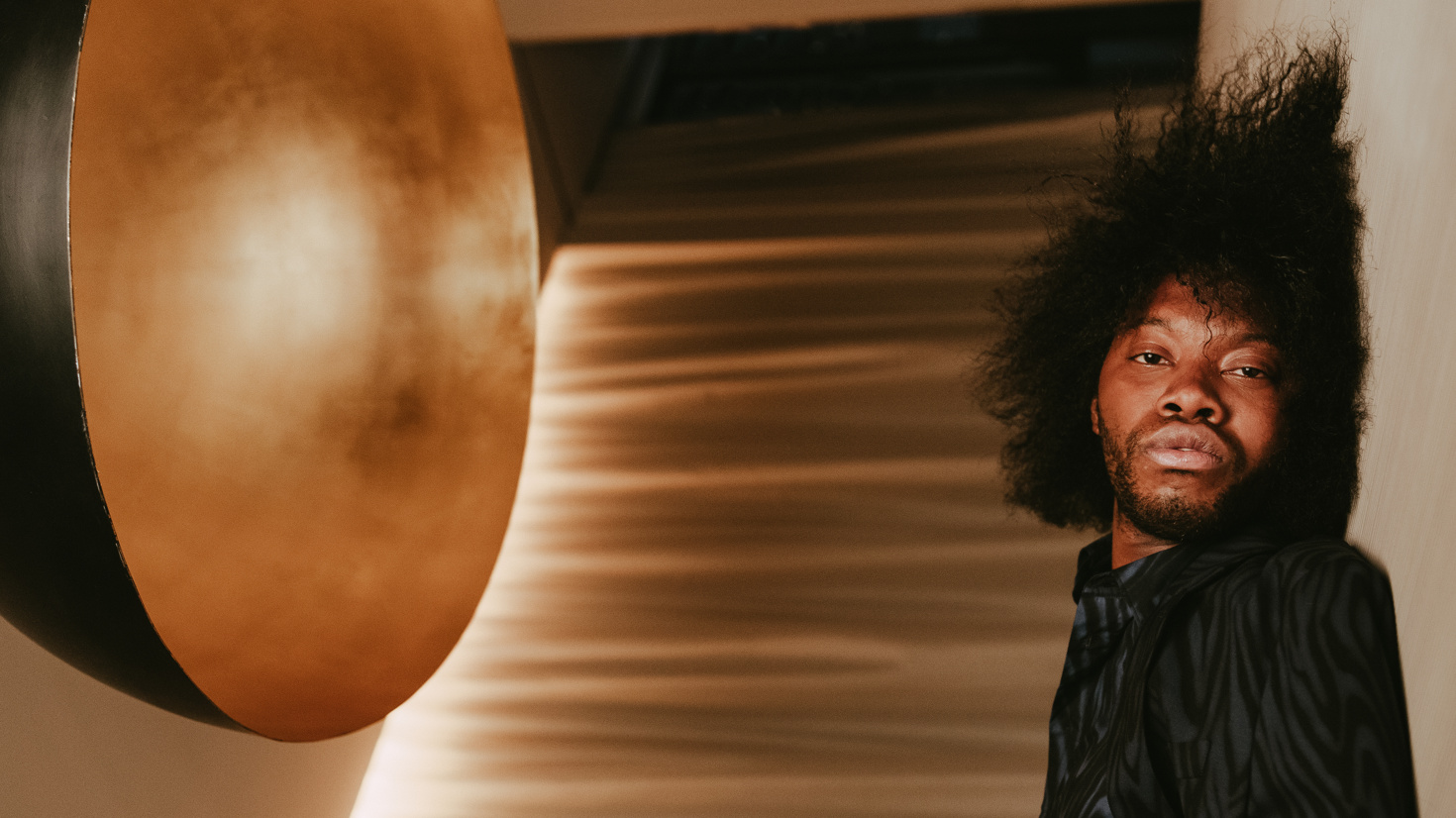
Harris, who graduated from the Yale School of Drama earlier this year, says he has a “festoon of feelings” about making his debut on Broadway. (The show had overwhelming buzz during its successful run at off-Broadway’s New York Theatre Workshop last year.) “On one hand, it's so exciting and great,” Harris says, “to be so young and to be doing something from such a very different vantage point than the plays that people generally see on Broadway feels affirming in a way. But it's also fraught because there haven't been very many black plays on Broadway in my lifetime. And to be bringing a play called Slave Play to Broadway is an immense responsibility. So, I'm trying to live up to that responsibility, while also like living inside of the excitement of being young and in this space.” He adds that his sense of responsibility includes “[thinking] of ways to amplify voices that like got me here, who maybe haven't had this opportunity, and other voices in the field, who I think should also get this opportunity if it if it's possible in some way.”
Beyond opening up Broadway to new voices, Harris is intent on having Slave Play spark discussion. “This show is all about conversation,” he says. “The play ends in an ellipses, which is an invitation for people to begin speaking.”
Slave Play is now in previews and opens October 6 at the Golden Theatre.
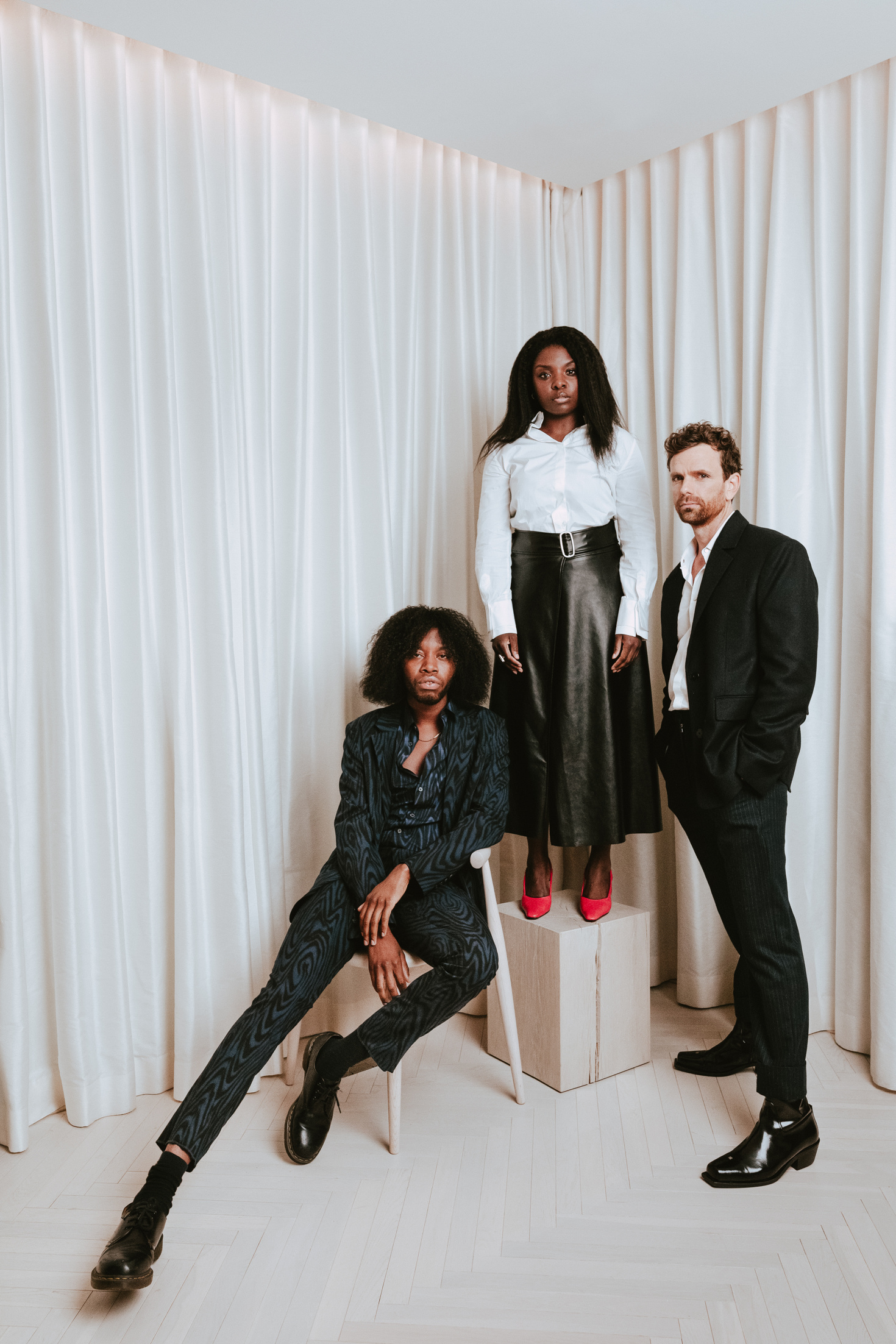
Photos by Emilio Madrid for Broadway.com
Additional reporting by Lindsey Sullivan
Shot on location in the penthouse at the Times Square Edition; Stylist: Scott Shapiro (Kalukango dressed in Each x Other & Dorateymur; Nolan in Moon Choi & MISBHV; Harris in Kenzo); Makeup by Morgan Leigh.
